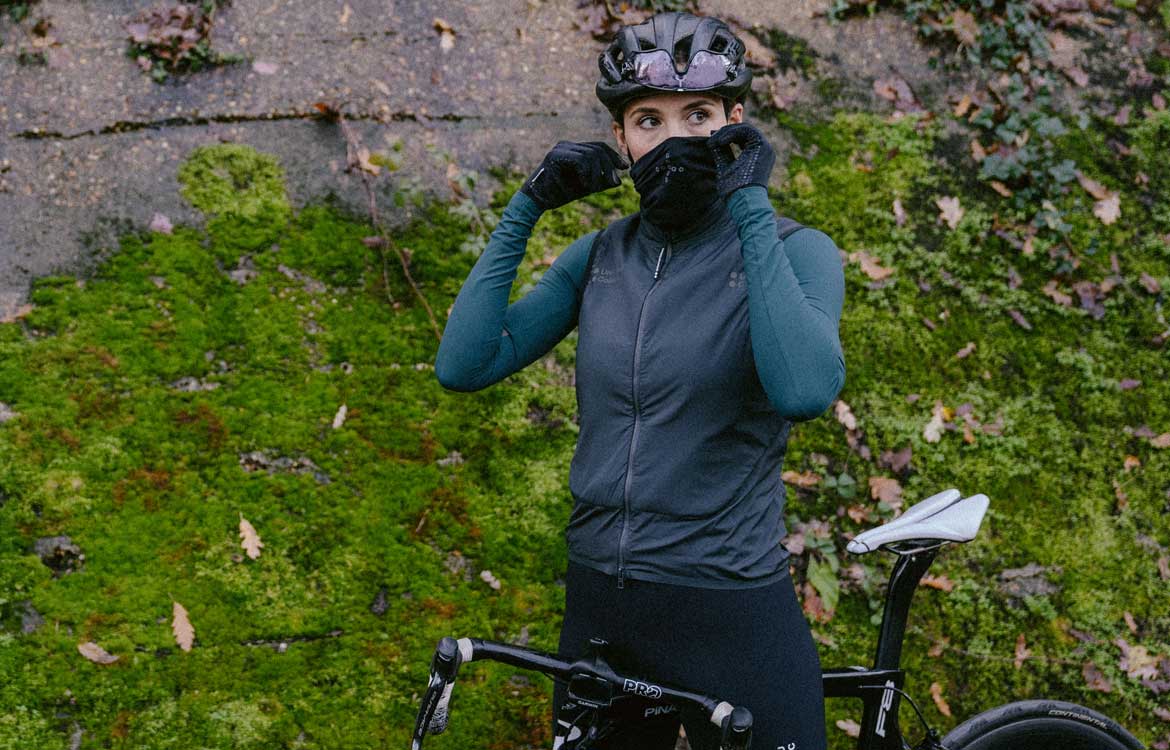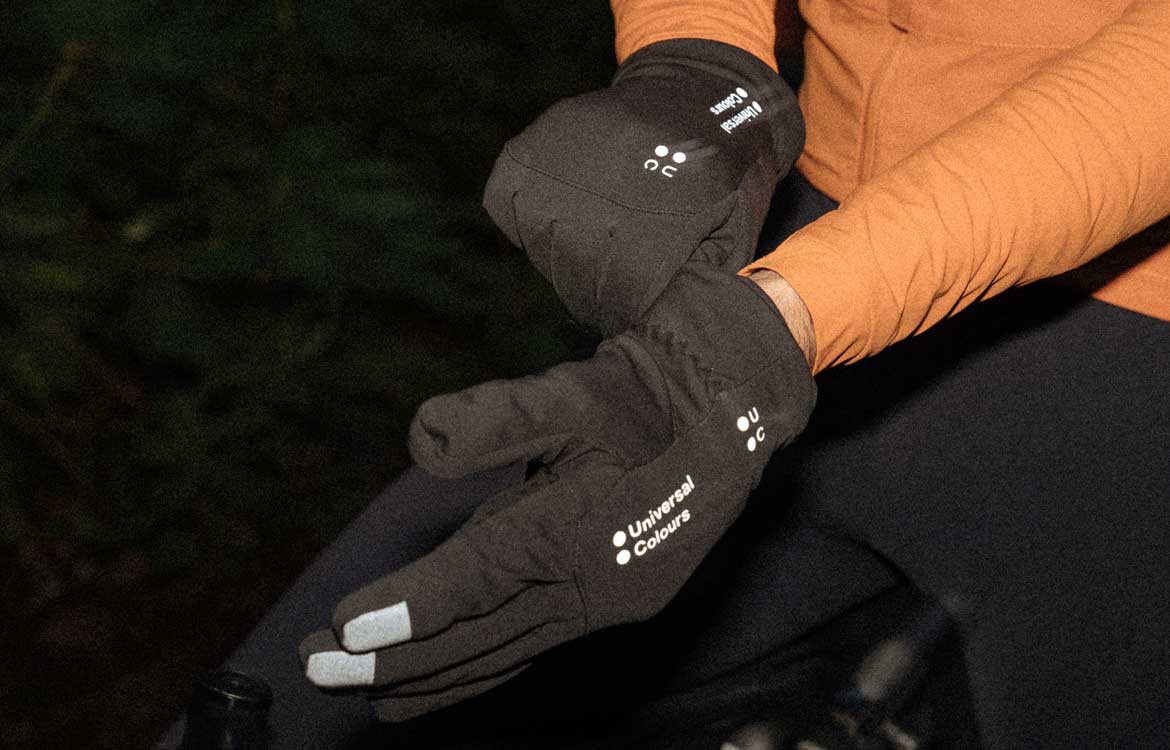Winter is here, and so is the freezing cold weather that comes along with it. Biting winds and sub zero temperatures can put you off getting out on the bike. Yes, you’ll begin to warm up as you start spinning your legs and get the blood pumping, but often your extremities remain cold due to limited circulation.
The hands and feet don’t have to work hard and are constantly exposed to the elements; road cyclists tend to be out on the bike for hours at a time and with little opportunity to warm up, are particularly susceptible to the wintry conditions. Not only can it become difficult to shift and brake, cold hands and feet can be extremely painful, especially if you suffer from Raynaud’s phenomenon and have extreme reactions following exposure to the cold.
It’s often a matter of trial and error when it comes to the right solution for you, but we’ve put together some tips and advice, some obvious, some a little less conventional, to help you survive the colder months.
Dress appropriately to keep your core and limbs warm
Before you consider the below, ensure that the rest of your kit is appropriate for the conditions. Without a warm core, your extremities have no chance, as your body will put all its energy into protecting your vital organs. You may even find that wearing the right clothes solves the problem and you won’t need to go to the extremes to keep your hands and feet warm.

Winter specific socks
Socks can be made from synthetic or natural fabric; natural Merino Wool is a great option. It will keep you warm, wick moisture and has antibacterial properties. Many brands design winter specific socks that are exceptionally warm and offer all the same technology as a pair of summer socks. Ensure, whatever socks you choose, they are not so thick as to make your feet feel restricted, negating the benefits, and remember that the longer the socks, the more coverage they will offer.

Insulated gloves
A pair of gloves specifically designed for the conditions you’re riding in are essential, be it thermal for cold dry days, or neoprene for some waterproofing. Choose gloves with a longer cuff to ensure a strong barrier between your gloves and jersey or jacket.

For those looking for added warmth, glove liners are a good option. These tend to be constructed from Merino Wool or silk and add an extra layer of thermal protection under your winter gloves.

Add a little breathing space
If your gloves or shoes are too tight, the added pressure will cut off your circulation, exacerbating the problem. It’s good to go up a size in both, allowing more sock and wiggle room, this, in turn, works to trap warm air.
Tape those vents
Those ventilation holes in your shoes may be a Godsend in summer, however, once the trees have shivered themselves free of leaves, you’re going to want to get them covered. Duct tape is perfect for the job.

Opt for winter specific cycling shoes
If your wallet allows it, consider investing in some winter specific cycling shoes. Often featuring a thermal lining and water resistant membrane, they also eliminate the need for overshoes. The ankle cuff will be higher to prevent water seeping in and they tend to be highly durable and robust. As per the advice above, ensure you buy them in a slightly larger size.

Overshoes
Something worth investing in; a good pair of overshoes will keep the wind out, as well as rain and road spray, keeping your feet warm, and dry for longer. Overshoes may be fleece-lined for the coldest days, or made from waterproof silicone for milder, wetter days.

Some riders may find the above fixes the problem, however, there are many out there who need to go a step further to keep warm.
Wrap them up
You’ve probably seen runners wrapped in foil blankets at the end of races. Applying the same principle, you can wrap your feet in foil or clingfilm, or wear latex gloves, either as a next to skin layer or in between thin and thick socks and gloves. Warning - you’re going to get sweaty as this extra plastic layer removes all breathability. However, the sweat will stay warm while you’re on the move. If you don’t want to take things this far, you could first try a pair of neoprene gloves and overshoes that don’t allow your skin to breathe, for a sweaty, yet warm solution.

Spin for the win
We’re not telling you that working harder will keep you warmer - that goes without saying and is not always the answer. However, if you drop a few gears, increasing your cadence, blood will get pumped faster around the body and you’ll warm up quicker.





